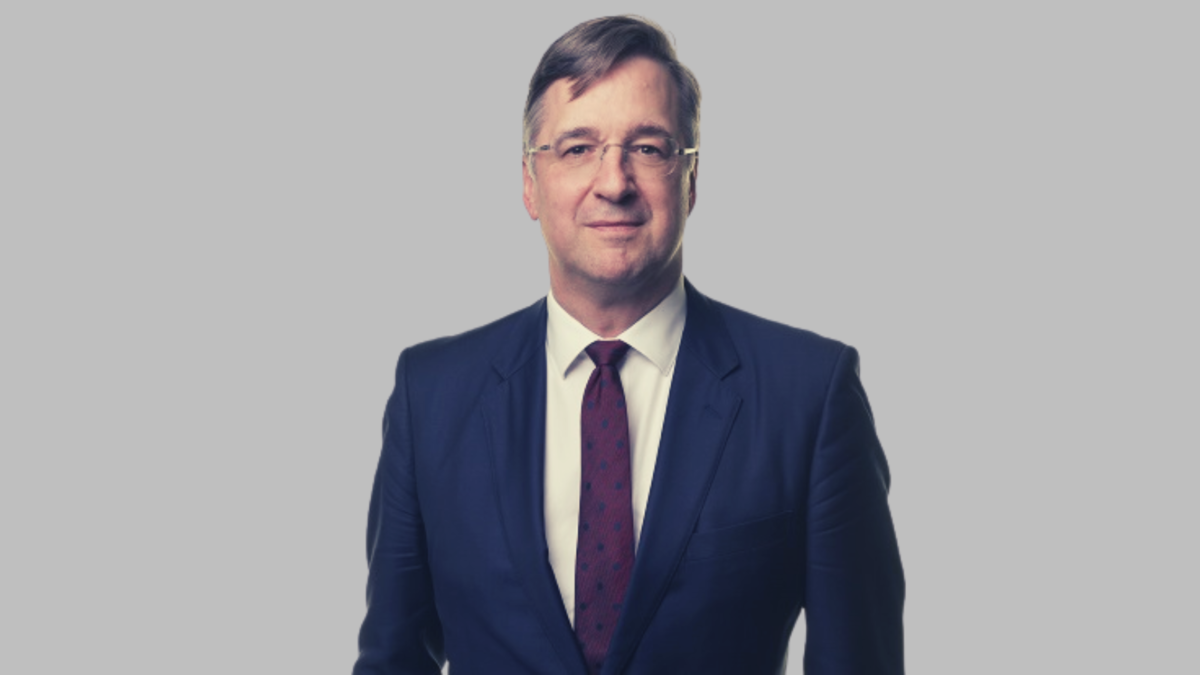Aussie funds face their own challenges in the wild hunt for returns
Global pension funds are caught between a flight to safety and a fight for returns, according to the findings of the Official Monetary and Financial Institutions Forum (OMFIF) Global Public Pensions report. Survey data shows them as net sellers of public equities and some higher-yielding fixed income asset classes; reducing their cash holdings, while retreating to stronger currency blocs (the dollar and euro will benefit); and, where their mandates allow, investing more in alternative assets.
The story is the same all over the world – expect, perhaps, when it comes to offshore investing. A large number of public pension funds are outsourcing that job to external managers, but Australian super funds are bucking the trend – and following in the footsteps of their Maple Eight peers – by establishing their own offshore offices in a move that has seen many a senior executive fret over maintaining the culture of profit-to-member/industry funds.
“The Australians will need to be sure that they can attract strong offshore talent,” Mark Burgess, former managing director of the Future Fund and current chairman of HESTA’s investment committee (photo at top), wrote in the report. “Despite their size, unlike the domestic market, they will not necessarily be employers of choice once offshore, and compromises on talent selection can undermine investment practices and culture.”
“This is understood by most funds, but it will remain a challenge with many senior leaders not having deep experience in managing global teams. This is all occurring at a time when investment returns are more likely to be challenging and real skill will be increasingly important in driving excess returns.
And in their home country, super funds, more than any other flavour of pension fund, stand on the cusp of great change: the defined contribution model will see their total FUM double to some $6.5 trillion by 2030, according to the OMFIF report, while a wave of merger activity will concentrate its management in a smaller number of hands – AustralianSuper is projected to become a $1 trillion fund by 2040 based off the current rate of contributions.
“Greater size is resulting in more exposure to global markets and unlisted asset classes,” Burgess said. “Fortunately, funds have operated in these areas for many years, although the increased global exposure and rising levels of direct and co-investments will require larger teams and careful skill selection.”
“The internal structure and scale of investment teams are also evolving. Many funds are internalising investment (away from the use of external managers) looking to lower costs and gain economies of scale while increasing investment skill within their teams.”
That growth in team size is altering cultures and investment practices, Burgess writes, citing studies of organisational structure that show team dynamics and culture can “alter significantly” when teams rise above 100 members. Many Australian funds are now passing through these levels, with team sizes more than doubling in recent years.
“Large teams can quickly develop to be more bureaucratic and political if not managed well. Changes at this stage of growth can lead to long-term cultural and other challenges that then become difficult to fix if they go wrong,” Burgess writes. “The Australians will need to be careful in this evolution.”
“Fortunately, Australian funds tend to be innovative in their approach and consider the experiences of others around the world. But in a more competitive environment for returns and quality staff, those that are able to adapt to managing larger funds – with larger teams and complexity and often in global locations – are likely to remain near the top in performance. Those that fail risk embedding legacy mistakes which may then drag on culture and performance for many years. It is an important time in this period of evolution.”
Year of the Stag
On the asset allocation front, pension funds are preparing for a new era of stagflation; 80 per cent of respondents were concerned about inflation staying persistently high, while 80 per cent of respondents again nominated inflation and a global growth slowdown as a top three concern. Around 65 per cent of respondents were deciding to become more active in response; in line with that finding, just six per cent of respondents were planning to increase their exchange-traded fund holdings.
Still, risk-off sentiment prevails. While pension funds “had been in a bullish mood heading into this year”, 32 per cent of respondents anticipated cutting their equity exposure, while there is a shift towards ‘safer’ fixed income products, with net demand for corporate bonds and sub-investment grade government paper falling back, with AAA-rated government bonds expected to benefit.
“Despite concerns about inflation and fiscal positions, the fact that GPFs are willing to hold high-rated government debt seems to reflect a conservative approach going into a worsening macro outlook,” the OMFIF report says.
“Pension and sovereign wealth funds are being drawn to longer maturity government bonds. There is a net increase of more than 20 per cent expected for six-ten year bonds and bonds with maturities greater than 10 years, and a net decrease in exposure to short bond maturities.”










